It’s no secret that Netflix has a bad history with live-action adaptations of beloved manga and anime franchises. From the Death Note film to the live-action Cowboy Bebop series that was unceremoniously canceled shortly after the release of its first season, there was hardly any sign that these productions were ones of love. Now comes along One Piece, a live-action adaptation of the manga of the same name by Eiichiro Oda. This series came across as something different from the start, especially with the heartfelt handwritten messages Oda would occasionally release detailing his dedication to the show and those in charge of production.
Still, I was hesitant. Having become a devoted fan of the One Piece manga and anime a little over a year ago, I kept my expectations low, as I’ve been burnt before by Netflix adaptations. Those expectations must have helped my enjoyment because Netflix’s One Piece is surprisingly good. Sure, there are some underlying issues that you expect to come with these sorts of shows (especially when dealing with Netflix), but overall, there is much more good than bad.
The story of One Piece is centered around Monkey D. Luffy, a rookie pirate setting out to sea for the first time to begin his journey as a pirate. One Piece is about dreams, and Luffy’s is to become the King of the Pirates. Season 1 of the Netflix series covers the arc known as East Blue in the manga (12 volumes) and the anime (61 episodes). Season 1 of the live-action manga covers all of Luffy’s first journey in 8 succinct episodes, broken down into four two-episode arcs.
Moreover, each 2-episode arc has its own director: Marc Jobst, Emma Sullivan, Tim Southam, and Josef Wladyka. The directors and showrunners Matt Owens and Steven Madea had impossible expectations to live up to– after all, One Piece is the second best-selling comic ever (500 million copies worldwide), only behind Superman. Thankfully, the creative team behind this series took an approach that has worked well with other recent adaptations of beloved properties, such as The Last of Us; that is, keeping true to the spirit and themes of the source material rather than trying to be a 1:1 recreation of the manga.
READ: ‘Ahsoka’ Season 1, Episode 3 Recap/Review
Right from the start with the first two episodes, ‘Romance Dawn’ and ‘The Man in the Straw Hat,’ drastic changes are made to how the Pirate Crew, which will eventually be known as the Straw Hats, come together. However, what doesn’t change is the characteristics of iconic characters like Zoro (Mackenyu) and Nami (Emily Rudd), whose inherently charming nature and chemistry with each other and Luffy are immediately noticeable from the first arc of the season. Rudd brings all the deceiving charm of the cat burglar Nami, and Mackenyu’s stoic performance at the Pirate Hunter Roronoa Zoro feels like the manga come to life, especially when displaying his fighting skills.
However, their great performances would all be for naught if Luffy had been miscast. Thankfully, Iñaki Godoy is a pitch-perfect Luffy. Even Oda praised the actor as Luffy came to life, and the Mexican actor lives up to the hype. Godoy is as irreverent, hilarious, and sometimes dim-witted as his manga counterpart. Perhaps the most admirable quality of this live-action cast is its accuracy to the crew’s diversity. Seeing a Mexican actor portray the future King of the Pirates was a true pleasure.
Episode 2 also features what might be the best villain in this first season, and that’s Jeff Ward as Buggy the Clown. Ward delivers an erratic, hyper, and charmingly desperate performance as the clown pirate, and his interactions with the Straw Hats in the season make me hope that this adaptation gets a chance at more seasons to expand on the colorful character.
While episodes 1 & 2 excel at setting up the world for newcomers to the IP, episodes 3 and 4 falter a bit more. ‘Tell no Tales’ and ‘The Pirates Are Coming’ is the introduction of fourth crew member Usopp. Jacob Romero strikes the delicate balance of the character’s cowardice and cleverness, showing that the sniper of the Straw Hats is brave when it counts. However, this two-episode arc, which adapts the Syrup Village arc of the anime, chooses to sacrifice some key elements and supporting characters found on this particular island when Luffy and crew disembark.
Part of the beauty of One Piece is how each island manages to feel like its own little world, with enough backstory, characters, and visual diversity to be its own separate series if it wanted to be. Given that this live-action adaptation is episodic and only has a limited amount of episodes, it’s evident that some cuts had to be made to each island. Unfortunately for Syrup Village and Usopp’s backstory, most of the charming and colorful characters introduced in the manga are nowhere to be seen. It’s a minor problem that could turn into a bigger one if the show has a chance at future seasons down the line.
Then there are episodes 5 & 6, ‘Eat at Baratie!’ and ‘The Chef and the Chore Boy,’ which show the potential of the live-action series. With the introduction of Chef Sanji as the final member of the crew (for now), everything that’s great about this production comes together in perfect synchronicity: the beautiful set design of The Baratie Restaurant is an Oda double-page spread comes to life, the musical score goes perfectly with the hyper-choreographed action ripped straight from the anime, and the world-building doesn’t omit anything that truly matters to the overarching story and themes.
And, just like every other Straw Hat up to this point, Taz Skylar is pitch-perfect as the high-kicking chef and ladies’ man. What is most surprising is that out of all the arcs from the manga at this point, the Baratie has some of the most significant changes and outright omissions, but it is all the better for it. However, when it comes to critical crew dynamics and character moments such as Zoro’s fateful duel with Dracule Mihawk (brought to life in an inspired performance by Steven John Ward), the series re-creates the iconic moment in stunning new detail.
One glaring issue with the series is the inclusion of a B-plot following Koby (Morgan Daives), a rookie Marine under the mentorship of Vice Admiral Garp (Vincent Regan), an older veteran Marine hellbent on tracking down Luffy and putting an early end to his career of piracy. With an already limited amount of screen time for the Straw Hats to develop, including this subplot feels unnecessary and, by the timeline of the manga’s story, way too early. Most of the scenes featuring the Marines chasing after Luffy and only being a few steps behind him begin to feel repetitive. However, making Koby an integral character in Luffy’s journey this early is a welcome new change.
Luffy’s mettle as a captain is tested, along with the strength and trust of the Straw Hat pirates, and it all comes to a head in the final arc and two episodes, ‘The Girl With the Sawfish Tattoo’ and ‘Worst in the East.’ Nami’s troubled past is explored in heartbreaking detail, and while every Straw hat has their emotional past and backstories highlighted in each respective arc, it is Nami’s that no doubt hits the hardest. Emily Rudd had the weight of one of the most iconic moments from the manga and anime on her shoulders, and it’s safe to say that she didn’t disappoint.
The Arlong Park arc is the first season’s explosive finale, and after the emotional build-up, the confrontation with the Arlong pirates doesn’t disappoint. Arlong, portrayed by McKinley Belcher III, is brought to life via prosthetics and all the other Fish-Men in the season. For some of the minor fish-men characters, the prosthetics are incredible and help to bring Oda’s vision to live-action fantastically; for a character like Arlong, who is supposed to tower over Luffy, the decision to go practical leads to more mixed results. Still, the fights hit hard, and when the dust settles and the Straw Hat Crew is finally assembled, the result is a pretty solid first season.
Before the show’s release on Netflix, Eiichro Oda made it abundantly clear in his statements on the production that no compromises would be made when it came to the show. As the creator of the iconic series, it makes sense that Oda would want to be as involved as possible, making sure the spirit of adventure, friendship, and dreams continued in Netflix’s One Piece. Thankfully, it seems that Oda and everyone else’s dedication to the Pirate Dream of One Piece paid off. It’s here and real, and the result is a delightful adaptation with room for improvement if given the chance. – Ernesto Valenzuela

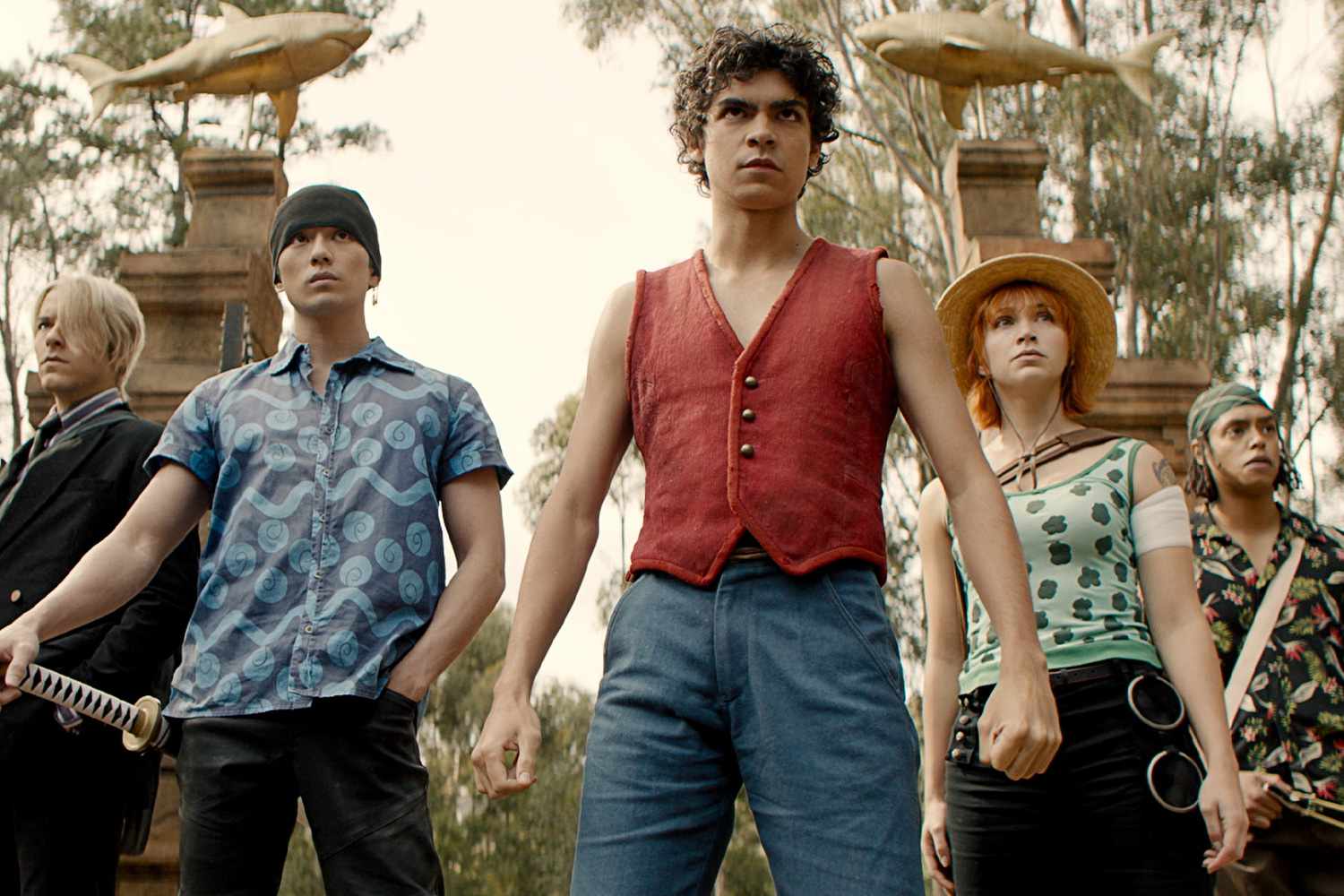
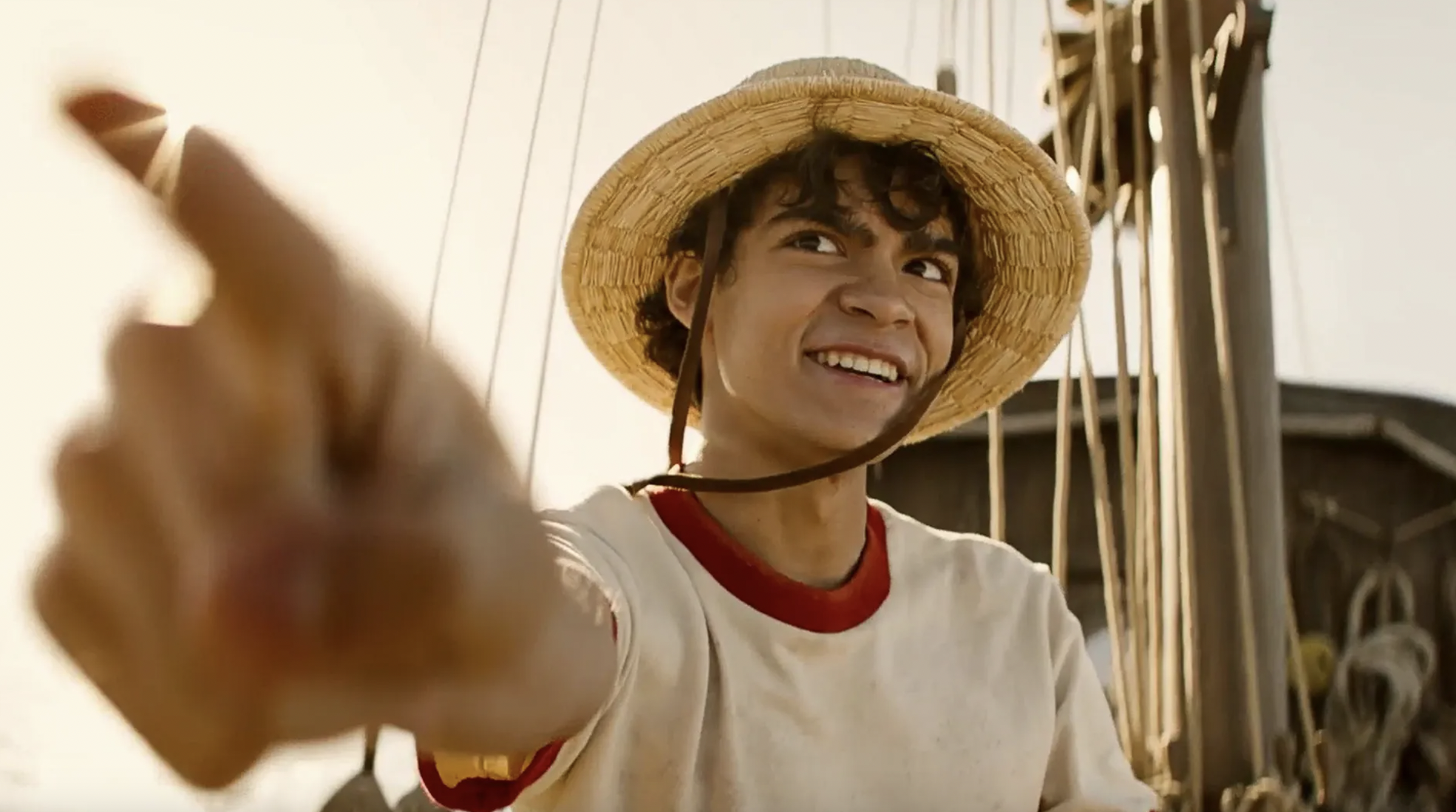
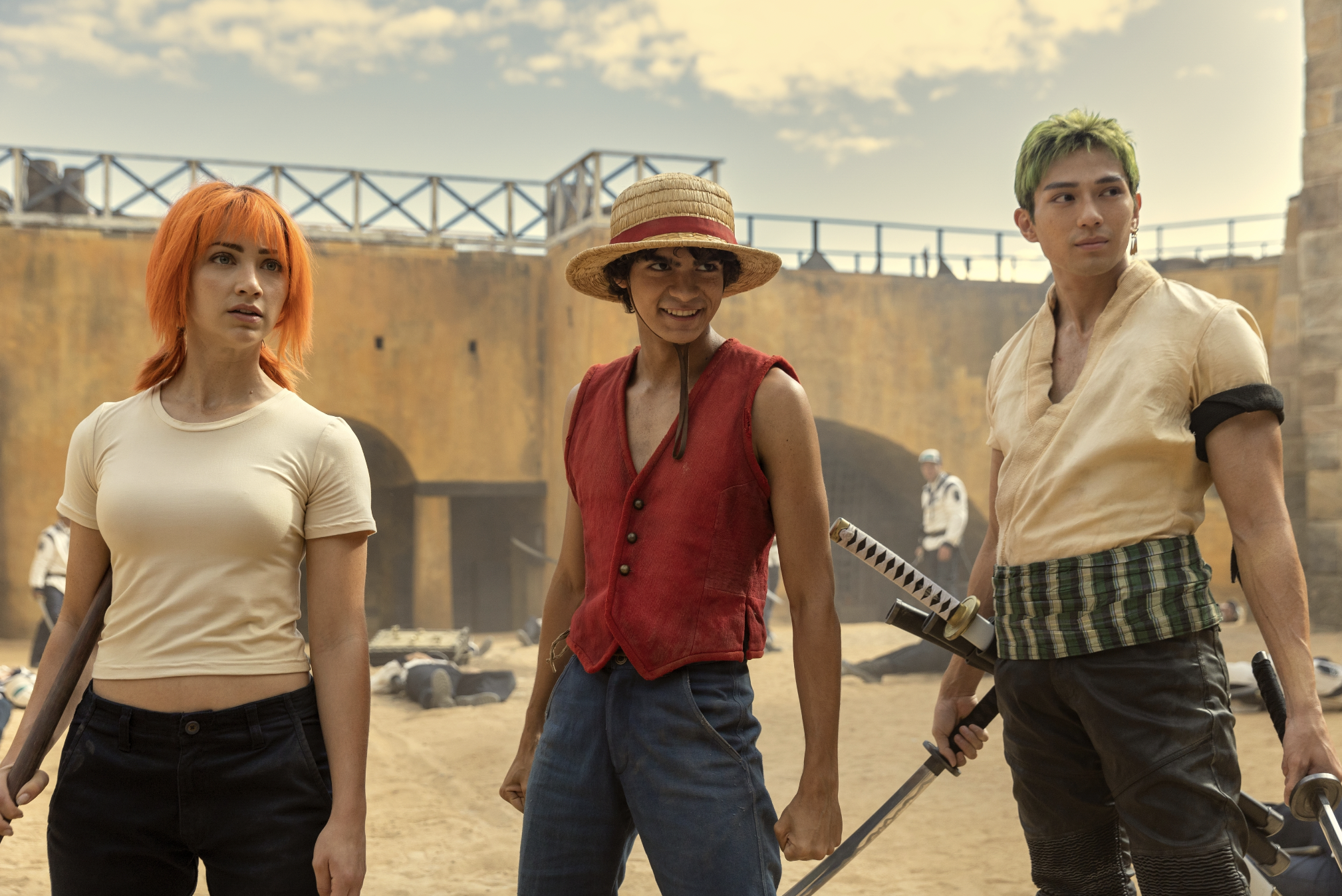
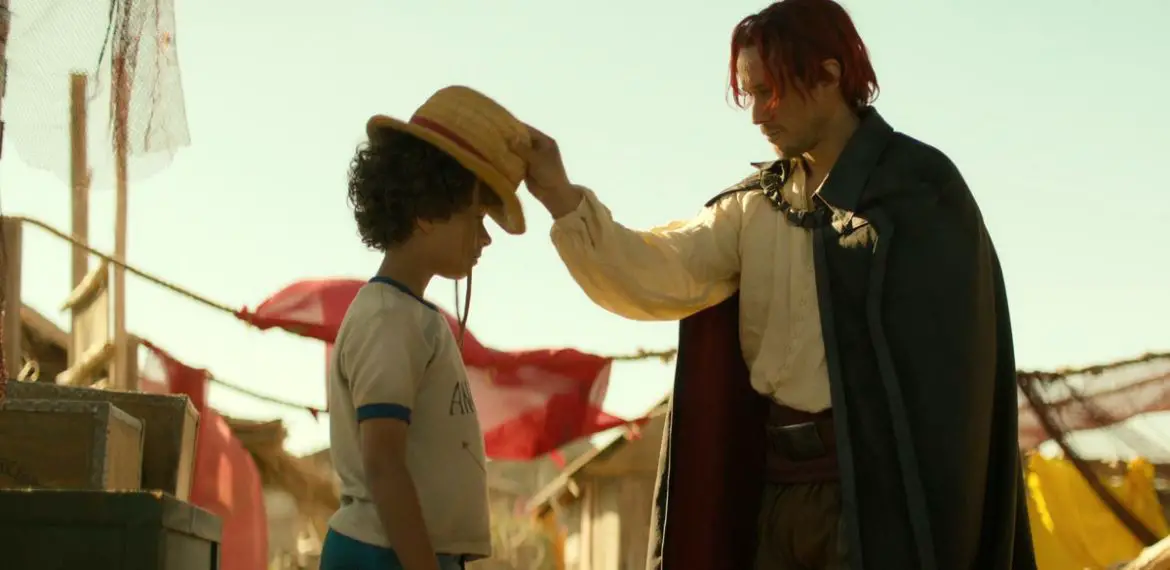
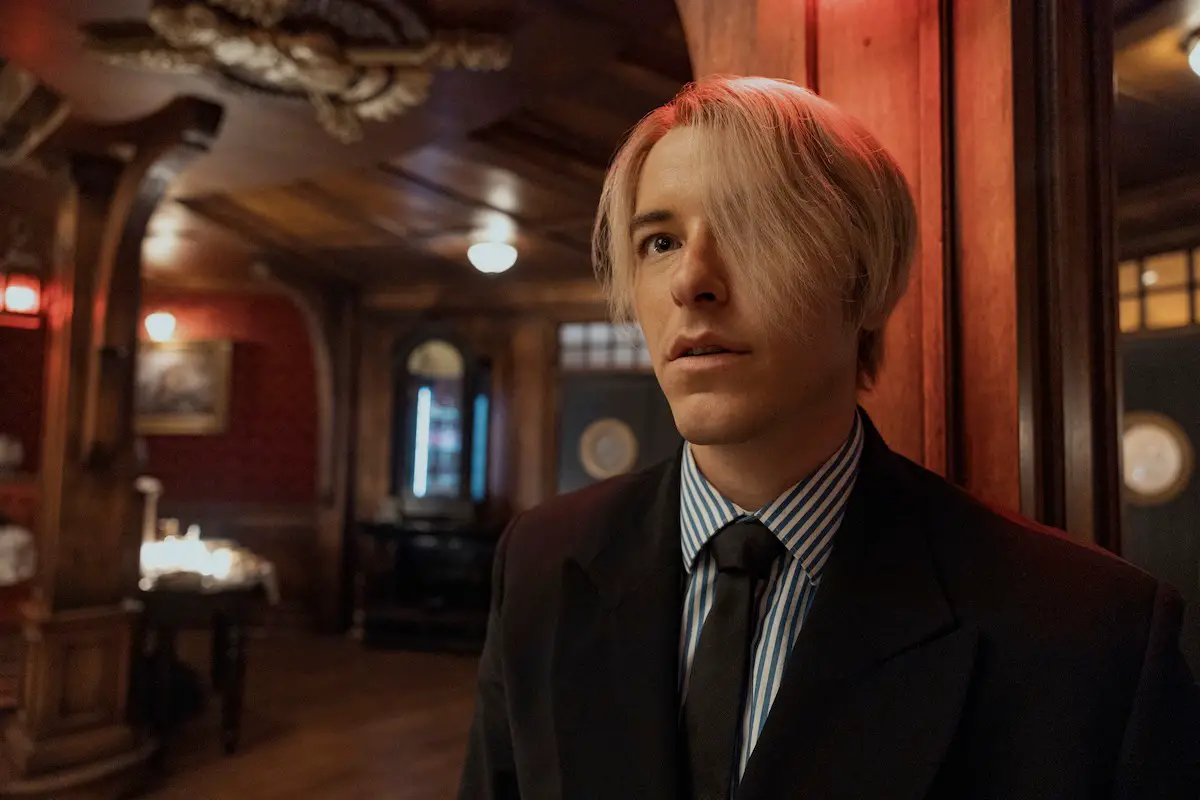

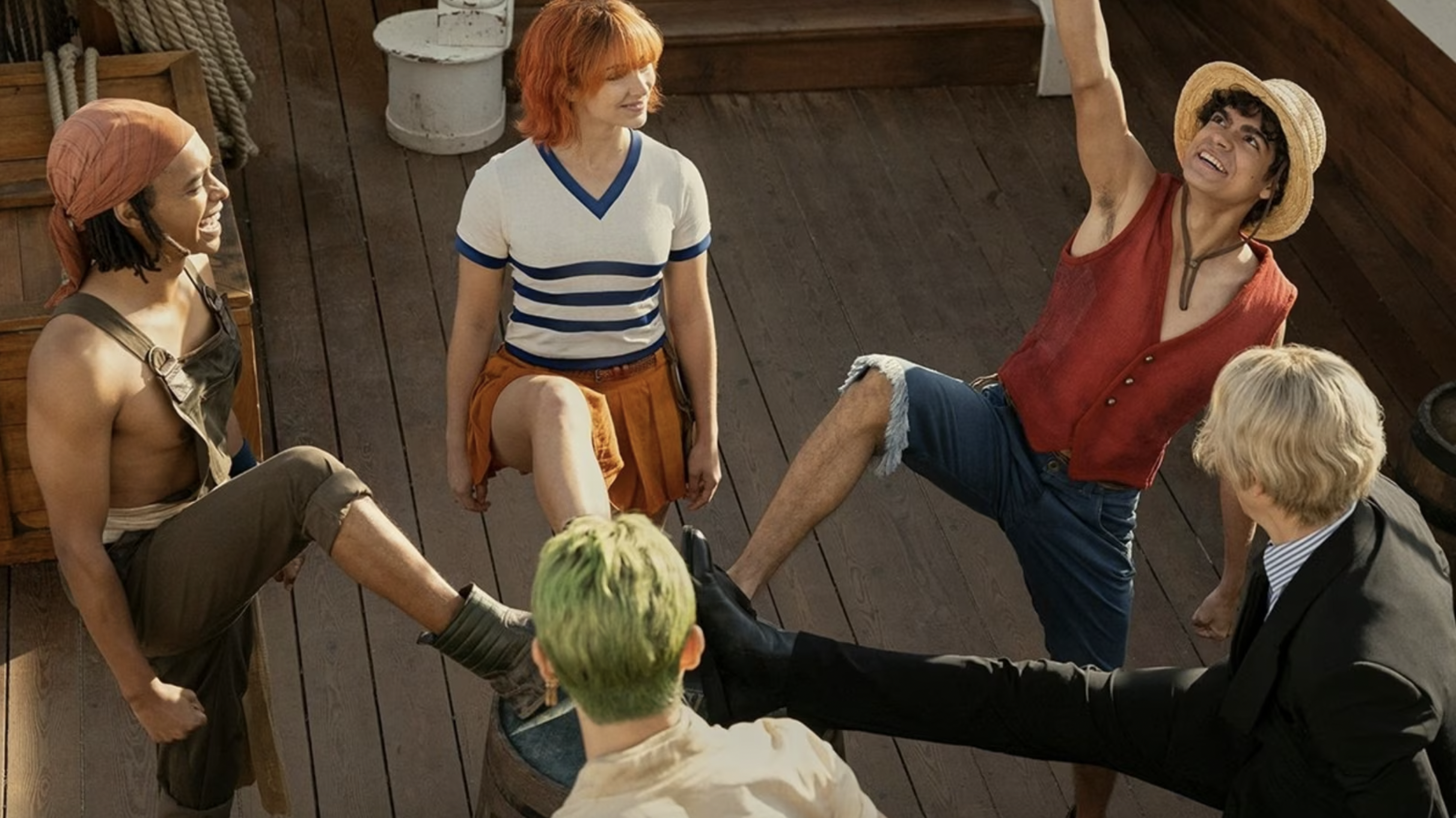
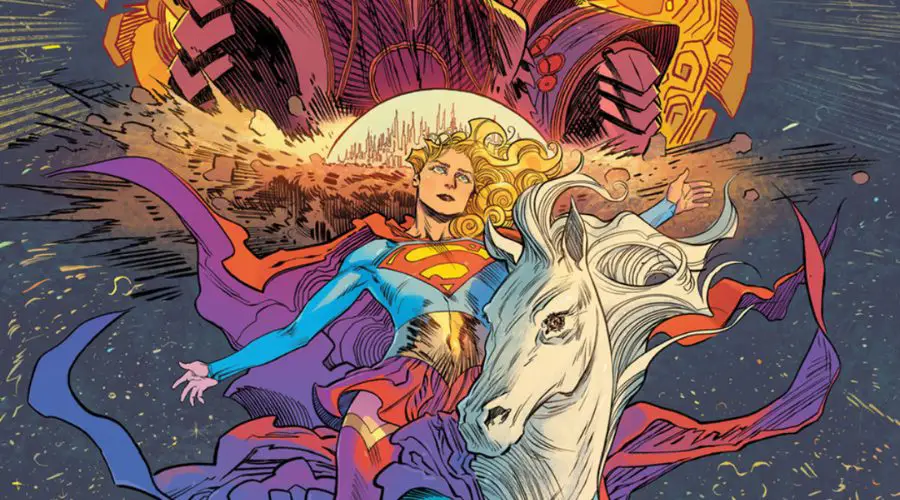
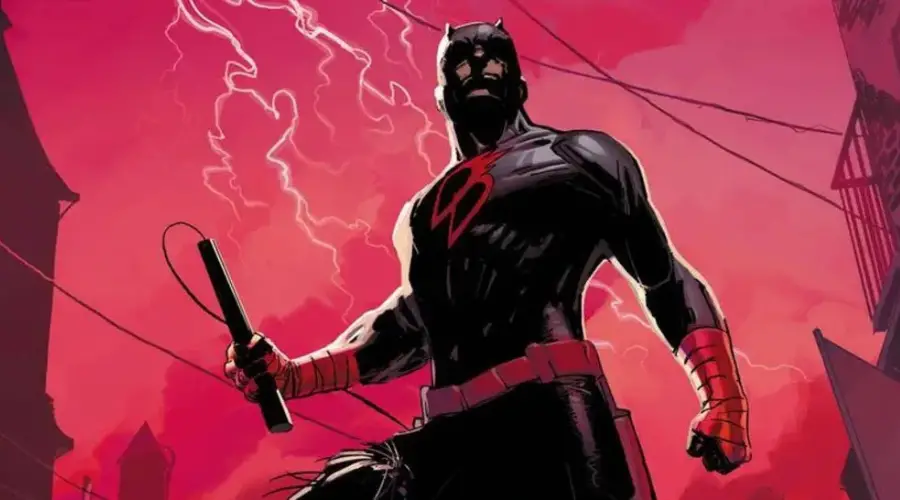
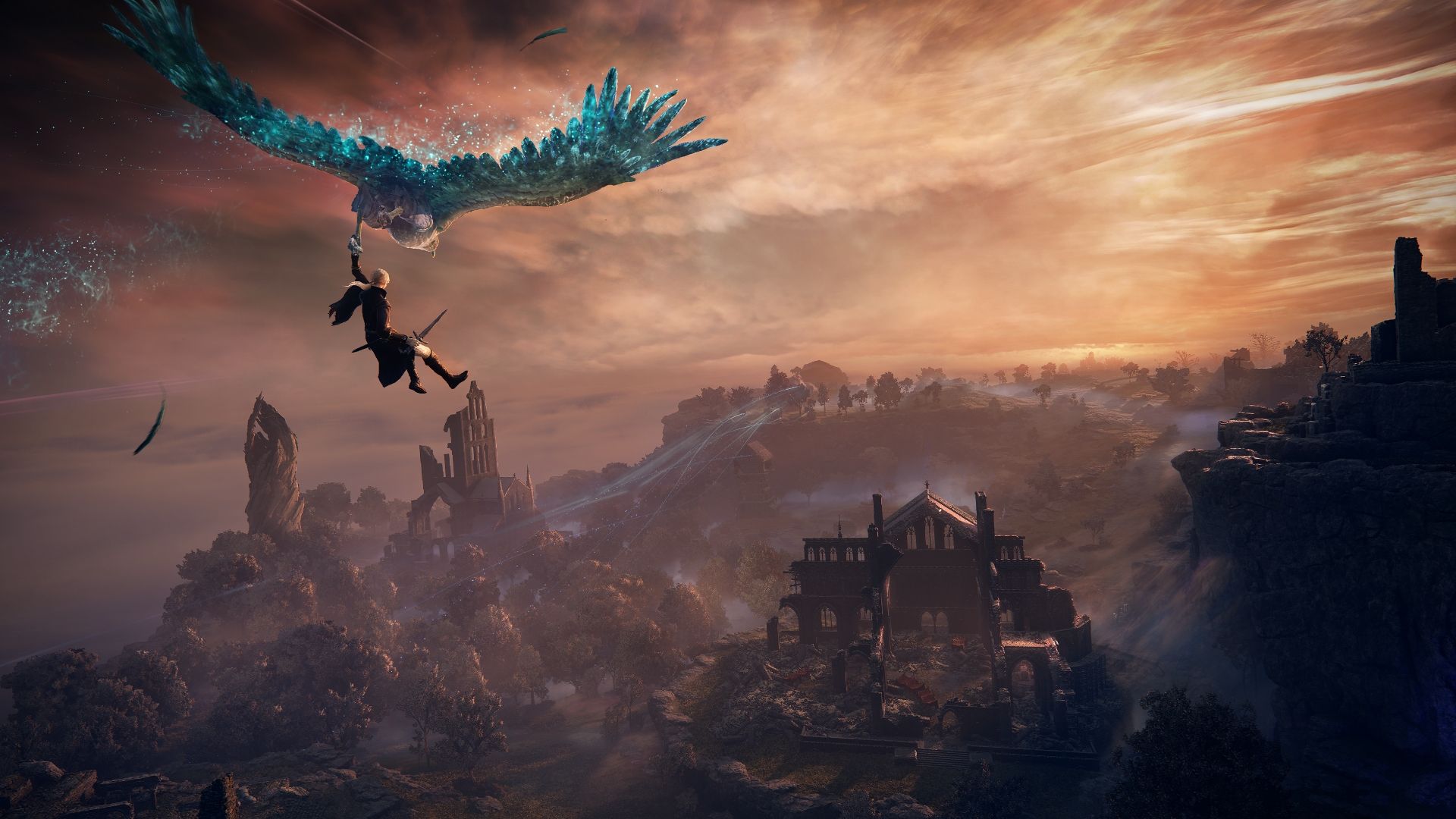

Leave a Comment